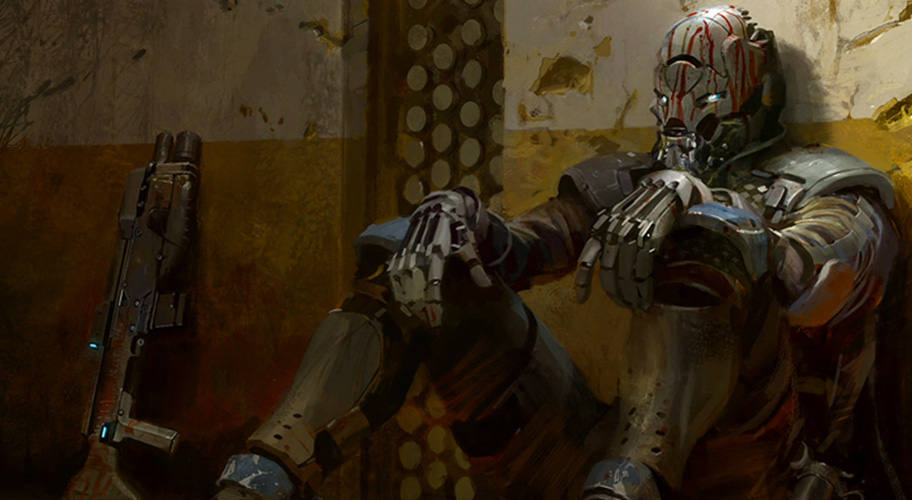Given my interests in Native American literature and genre fiction, it is inevitable that I’ve also become interested in the ways in which the indigenous peoples of North America are represented in science fiction and fantasy. For the purposes of this particular article I’m thinking primarily of their representation in Anglo-American sf and fantasy, and I’ll be focusing on, so far as I’m aware, representations by non-Native writers. (Nor is this intended to be a comprehensive survey of appearances by Native Americans in sf though that may be a project for the future.)

I want to begin with Joe Abercrombie’s Red Country (2012), where we meet Crying Rock, described as ‘an old Ghost woman with a broken sideways nose, grey hair all bound up with what looked like the tatters of an old Imperial flag, and a face so deep-lined you could’ve used it for a plate rack’ (p. 55). A couple of pages later, one character says of another, ‘His Ghosts massacred a whole fellowship o’ prospectors out on the dusty not two weeks ago. Thirty men, maybe. Took their ears and their noses and I shouldn’t wonder got their cocks besides’ (p. 57). A few pages later, ‘[t]he old Ghost woman had the reins, creased face as empty as it had been at the inn, a singed old chagga pipe gripped between her teeth, not smoking it, just chewing it’ (p. 64). Only on the following page is Crying Rock finally introduced by name, having said a few words ‘[s]o slow and solemn it might have been the eulogy at a funeral’ (p. 65). And much later still, we see Crying Rock as tracker: ‘’Til that moment Shy had been wondering whether she’d frozen to death hours before with her pipe still clamped in her mouth. She’d scarcely blinked all morning, staring through the brush they’d arranged the previous night as cover’ (p. 301). Read More »


